Chocolates
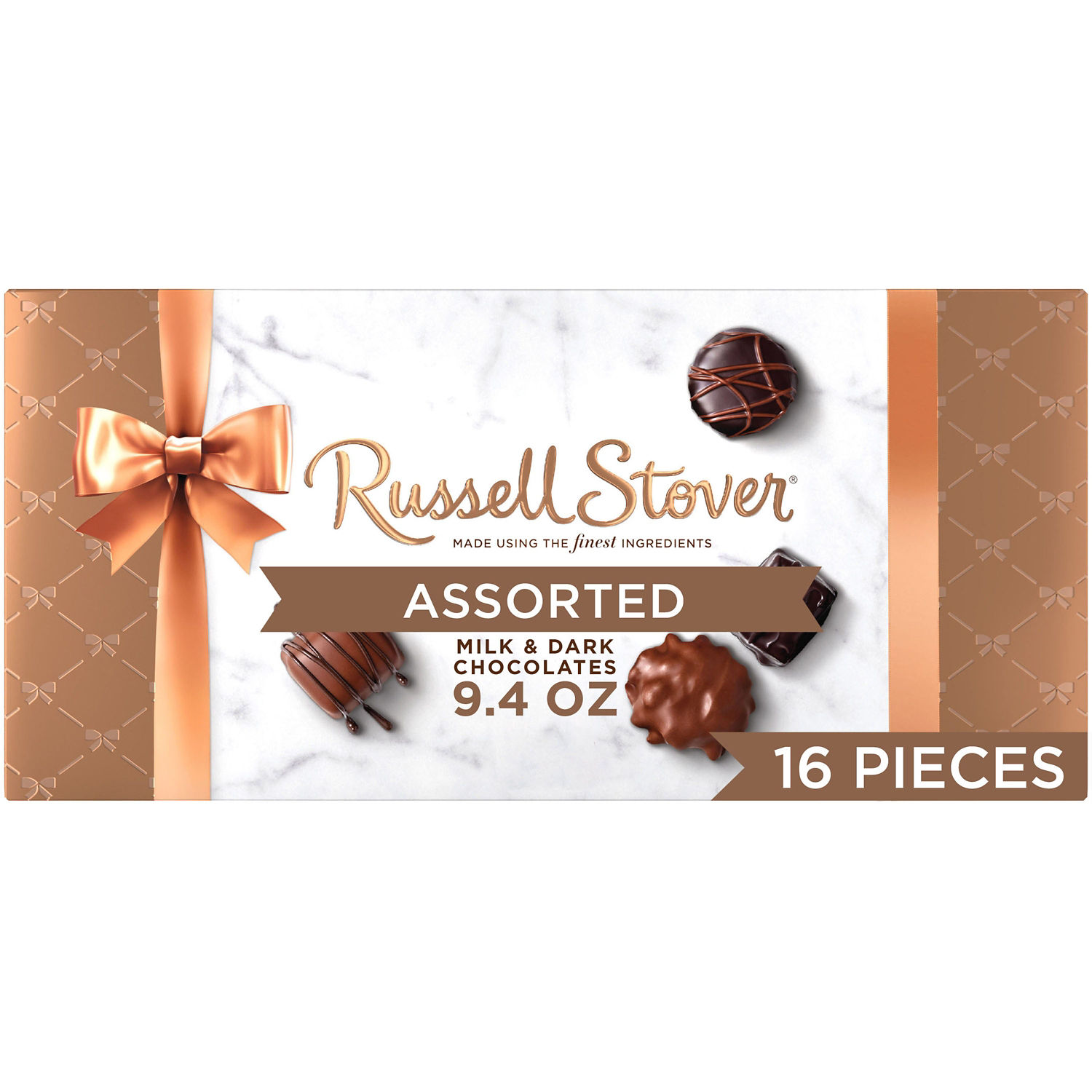)

)
)
)
)
)
)
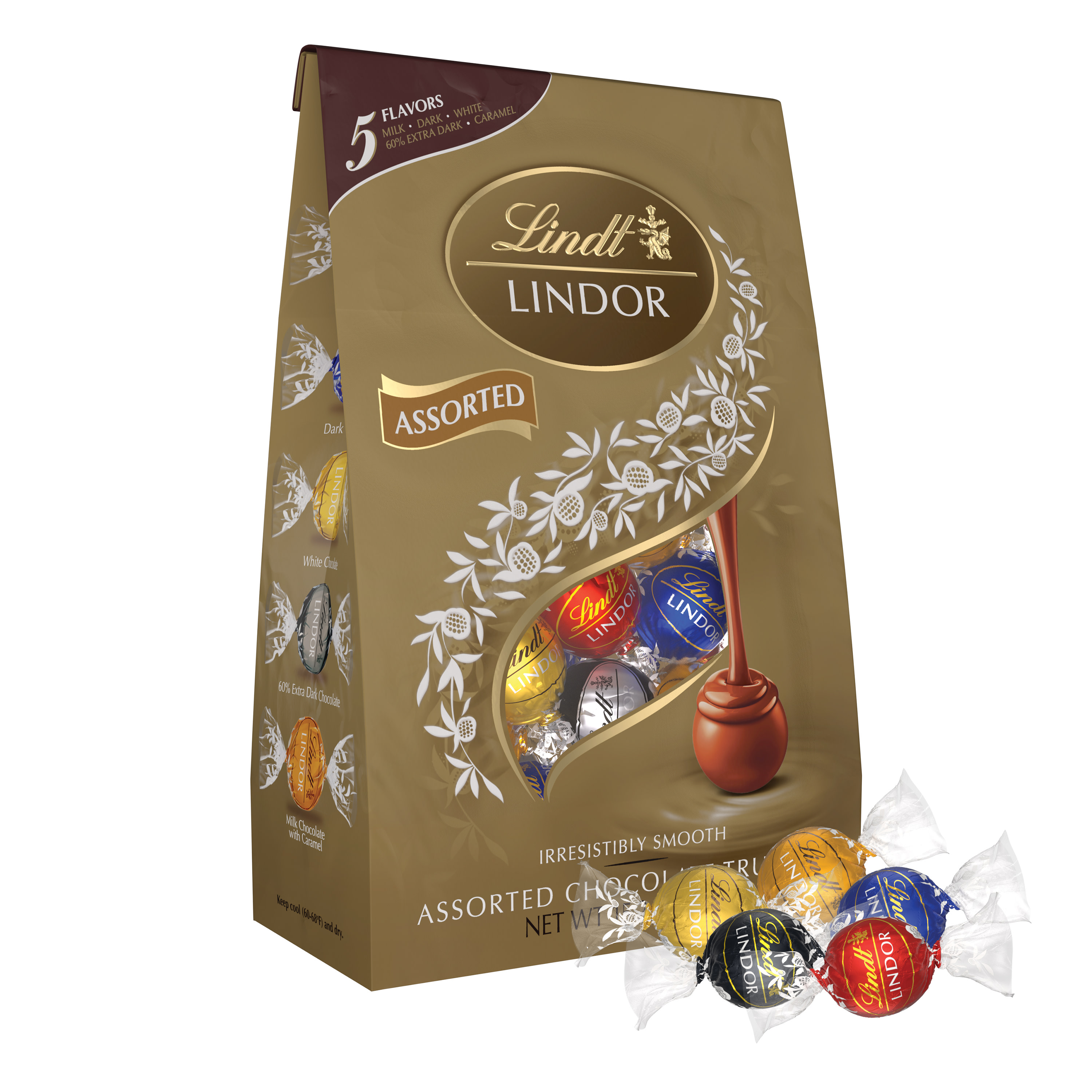)
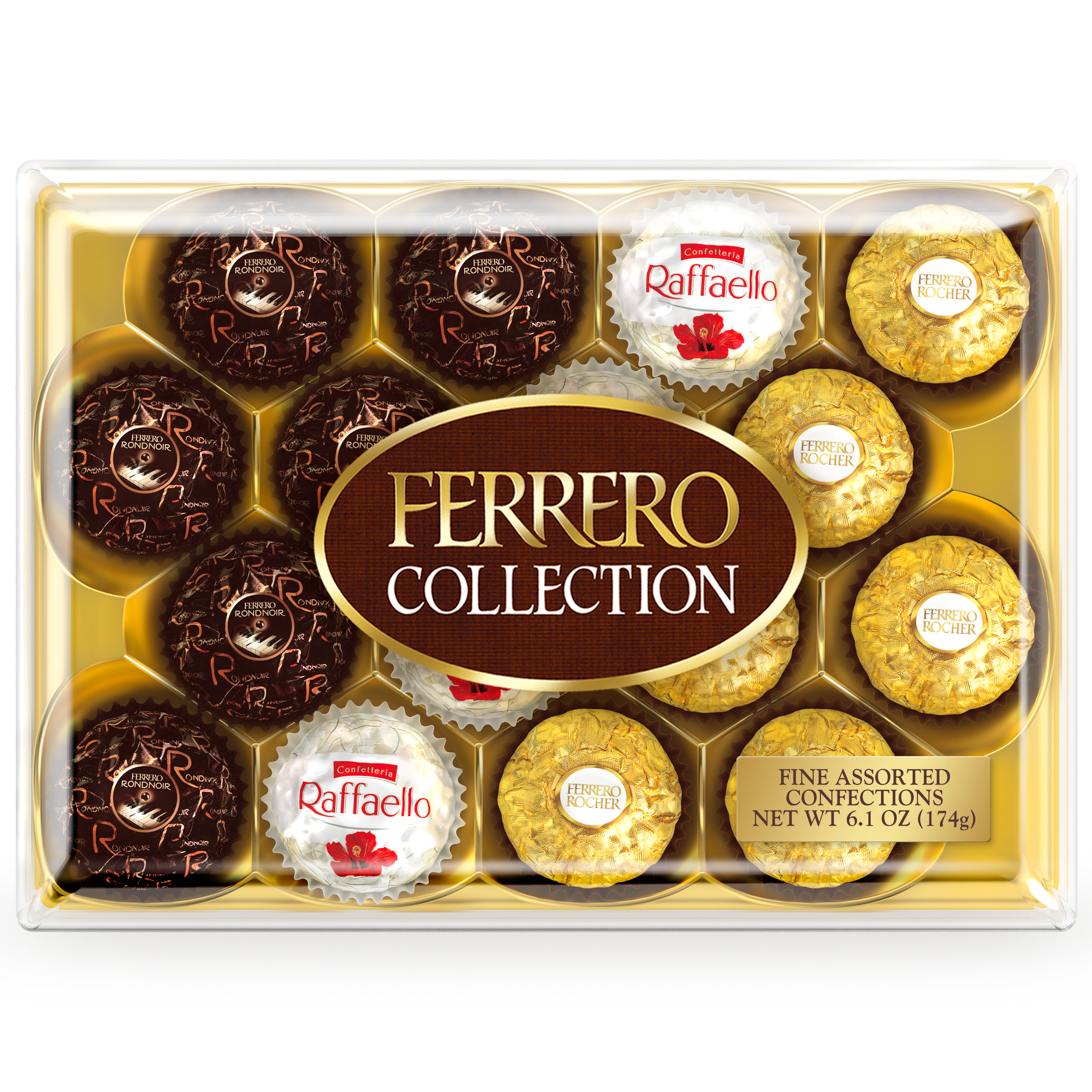)
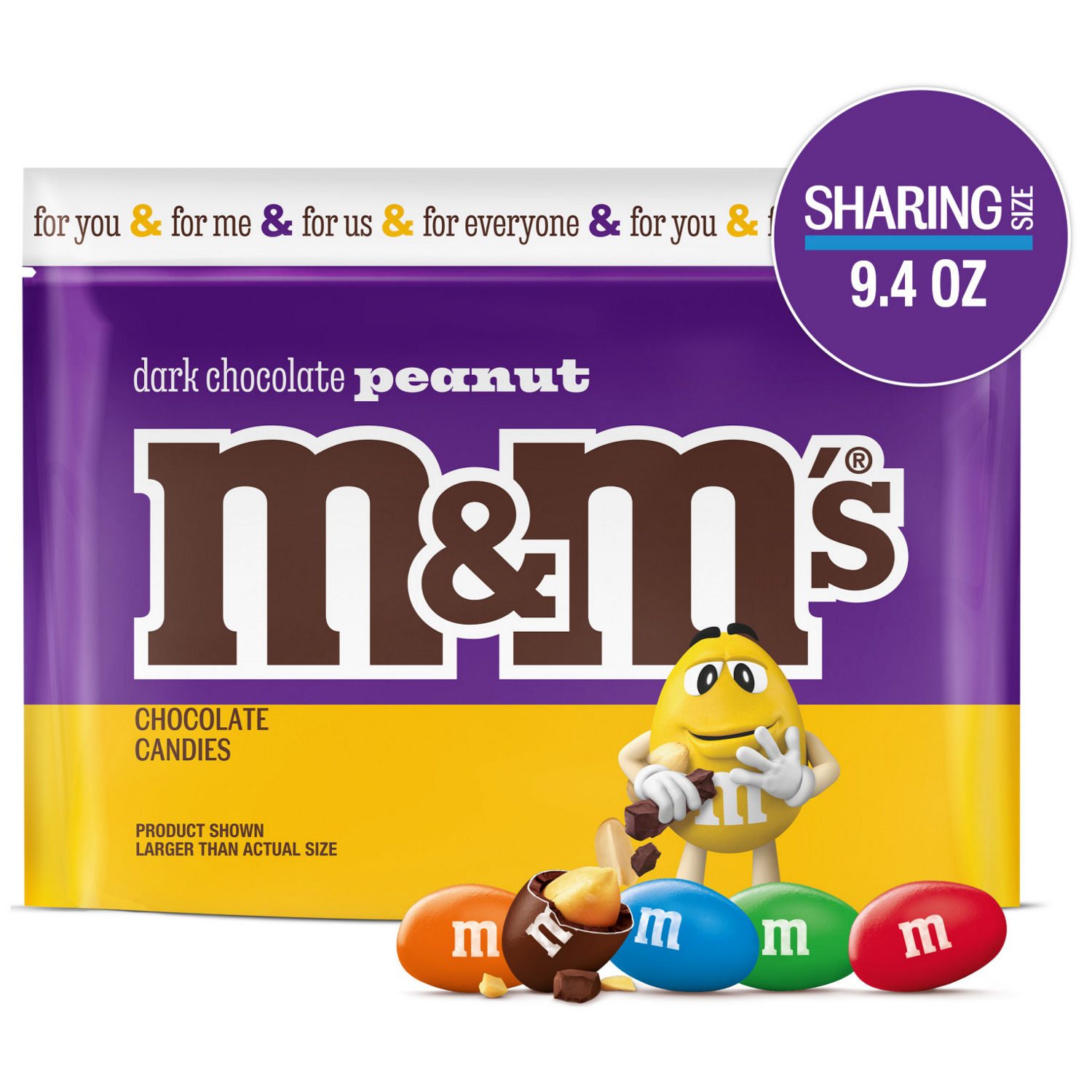)
)
Shop more candy
Chocolates
Chocolates are a sweet treat that kids and adults of all ages love. From your favorite candy bar to cookies, cakes, and more, chocolate is a classic dessert that comes in all forms, flavors, and brand names. Even if you've been eating chocolate your whole life, there are a lot of facts about this delicious ingredient you may not know. Read on to discover more about chocolate, where it comes from, and what eating it means for you.
Where Does Chocolate Come From?
Chocolate comes from the bean of the cacao plant, and it takes around 400 beans to make just one pound of chocolate. A cacao tree produces around 2,500 beans, and it's a very delicate plant that requires a lot of special care and attention. The base of chocolate comes from this fruit tree's seed, and then sugar and other ingredients are added to make it such a deliciously sweet treat. Every serving of milk chocolate has around the same amount of caffeine as a cup of decaf coffee, so it's hardly noticeable and should not make you feel jittery when you eat it. Almost all cocoa used to make chocolate comes from West Africa. In fact, about 70-percent of it comes from this region and there are about 1.5 million cocoa farms in this country alone.
Chocolate Facts
With its smooth consistency, chocolate can be melted and molded into almost any shape. It takes around two to four full days to make one single-serving bar of chocolate from harvest to completion. Cocoa butter is added to most chocolate products to help make it creamier. The cocoa bean contains cocoa butter naturally, but more is often added during manufacturing to make your favorite confectionaries smoother. Here are some more facts about chocolates:
• Chocolate amargo goes well with red wine, while white chocolates pair beautifully with champagne or sparkling wine.
• It can take almost five full years for one cacao tree to produce beans that can be harvested to make chocolate.
• Some studies show that moderate chocolate consumption can be good for your heart.
• While humans certainly love to eat chocolates, you should never feed it to pets. Chocolate can make your furry friend sick, so make sure you keep it out of their reach.
From a sweet candy bar to a birthday cake, chocolate is one of the world's most popular ingredients. This smooth confectionary takes quite a lot of work to produce, but the final outcome is definitely worth it.
How To Melt Chocolate Chips
Melting chocolate chips is an important step for many recipes, to make fondu, and to coat things in chocolate. The best way to melt chocolate chips is to take a pot of water and then place a smaller pot with the chocolate chips in it on top, higher than the surface of the water. Heat the water in the pot, and the steam from that water will heat the second pot, which will then melt the chocolate chips. This allows you to get melted chocolate chips without burning them. You can also melt chocolate chips directly over low heat, or even in the microwave. The important thing when using these options is to stir the chips and heat them slowly so that you do not cause the chocolate to get burned.
What Is White Chocolate?
White chocolate is a type of chocolate that is made using cocoa butter, milk solids, and sugar. There will often be other ingredients, such as vanilla, added to get the proper flavoring. While white chocolate does not contain any cocoa solids, it is still considered a type of chocolate by most people. The pale ivory color is why it is called white chocolate. It also has a very different taste than you would find with milk chocolate or dark chocolate.
Búsquedas relacionadas
easter candy, chocolate pretzels, lindt chocolate, godiva chocolate, chocolate frosting, milk chocolate
- *PARA ENTREGA DE PEDIDO EL MISMO DÍA: la entrega el mismo día está disponible en solo tres horas para pedidos minoristas y direcciones elegibles. El mínimo total de pedido requerido para entrega el mismo día se verá al pagar. Los pedidos se deben realizar cuatro horas antes del horario de cierre de la tienda o antes de las 8 p. m. para las tiendas abiertas las 24 horas. Si realiza su pedido fuera de estos horarios, lo entregaremos al día siguiente. Algunos pedidos pueden no ser elegibles para entrega el mismo día debido a la dirección de entrega, días festivos, clima u otras restricciones de entrega. No es necesario que los clientes estén presentes para las entregas. El período de entrega es solo un estimado y podría estar sujeto a demoras. La entrega no está disponible en todas las ubicaciones, incluso Puerto Rico o Hawái. CVS® se reserva el derecho de limitar la cantidad de artículos pedidos para recoger el mismo día. Cuando nuestro socio de servicio de mensajería de confianza haya recogido su pedido, recibirá un correo electrónico con el mensaje "your order is on the way" (su pedido está en camino) (diferente del correo electrónico de confirmación de su pedido). Después de que su pedido haya sido entregado, enviaremos un correo electrónico con el mensaje "your order has been delivered" (su pedido ha sido entregado).

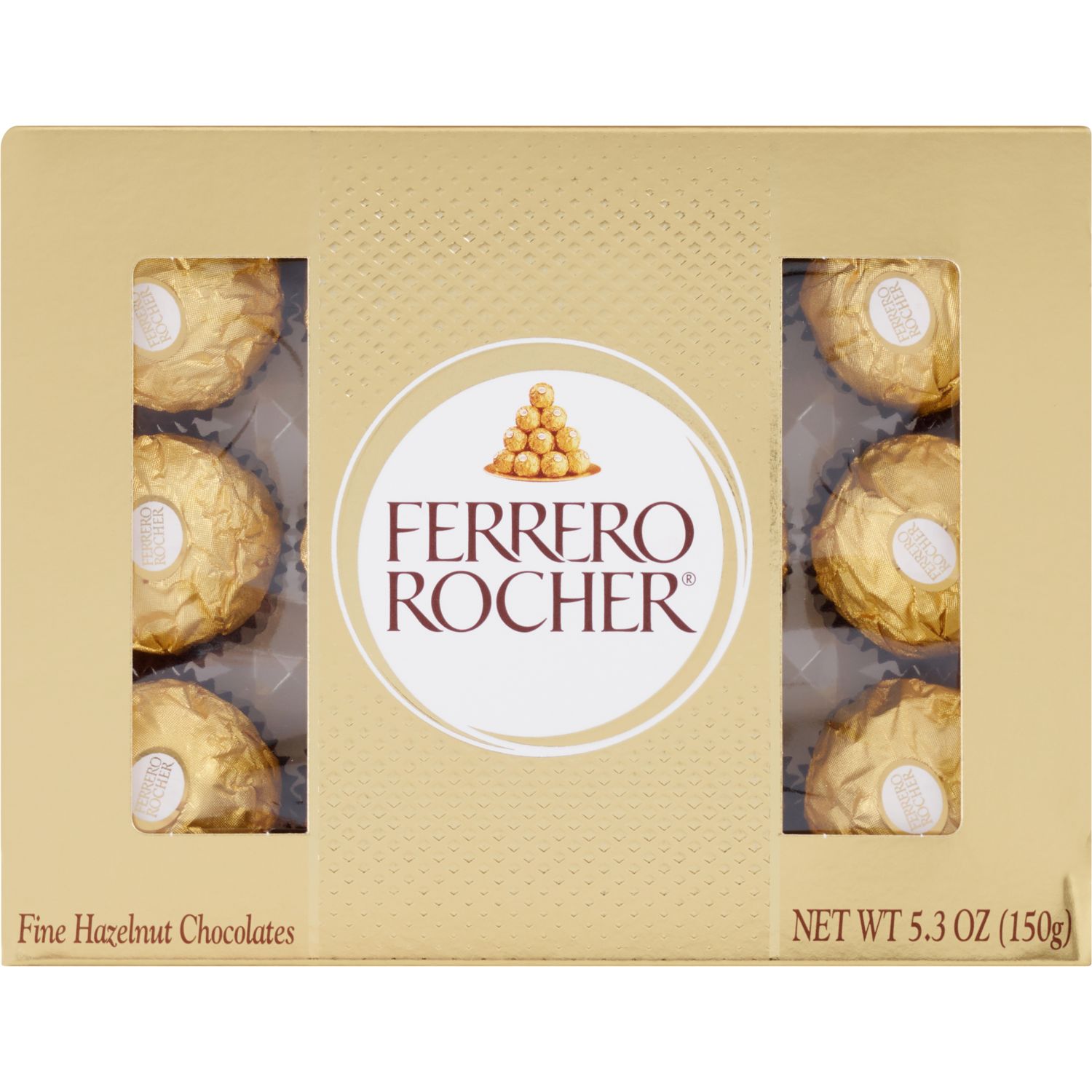)
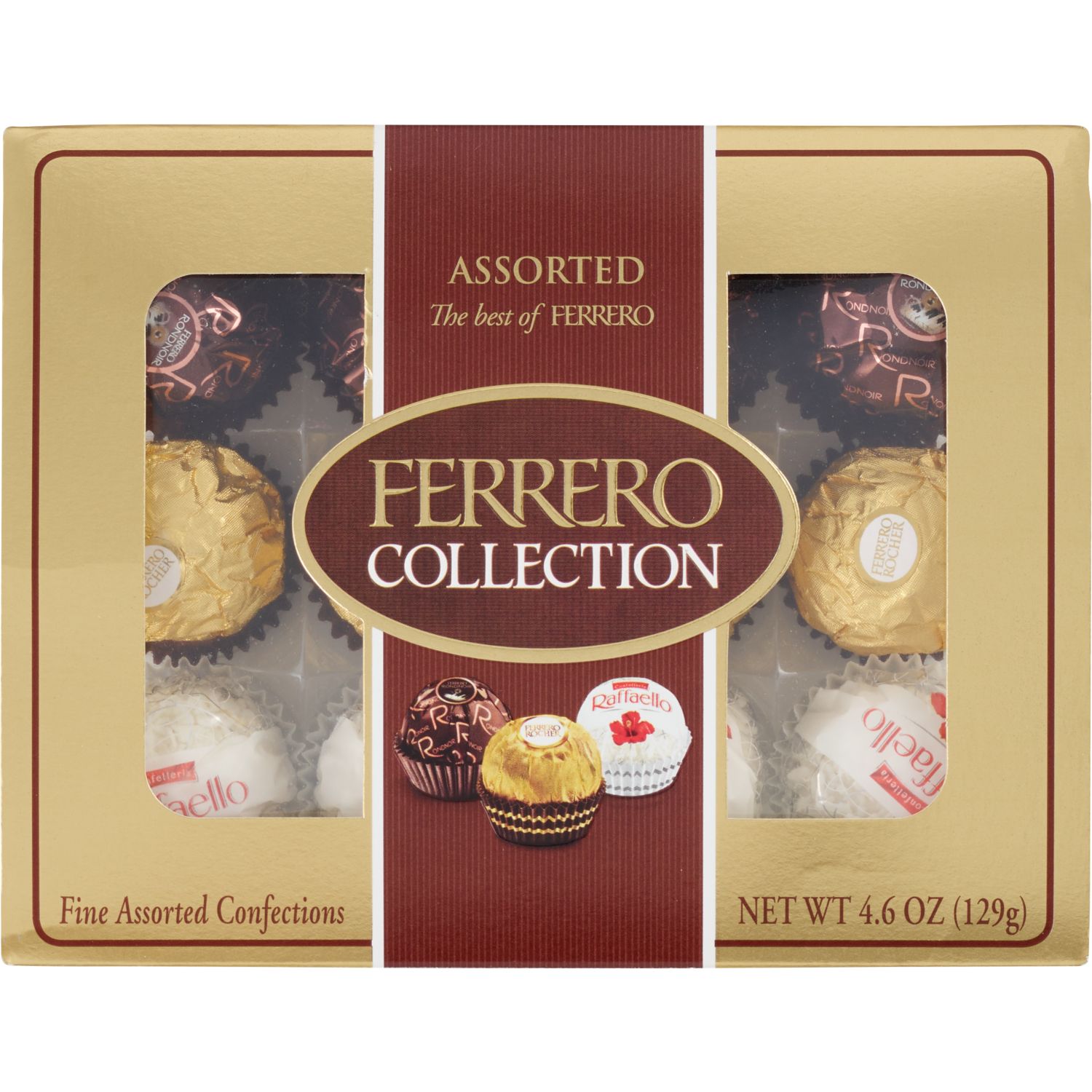)
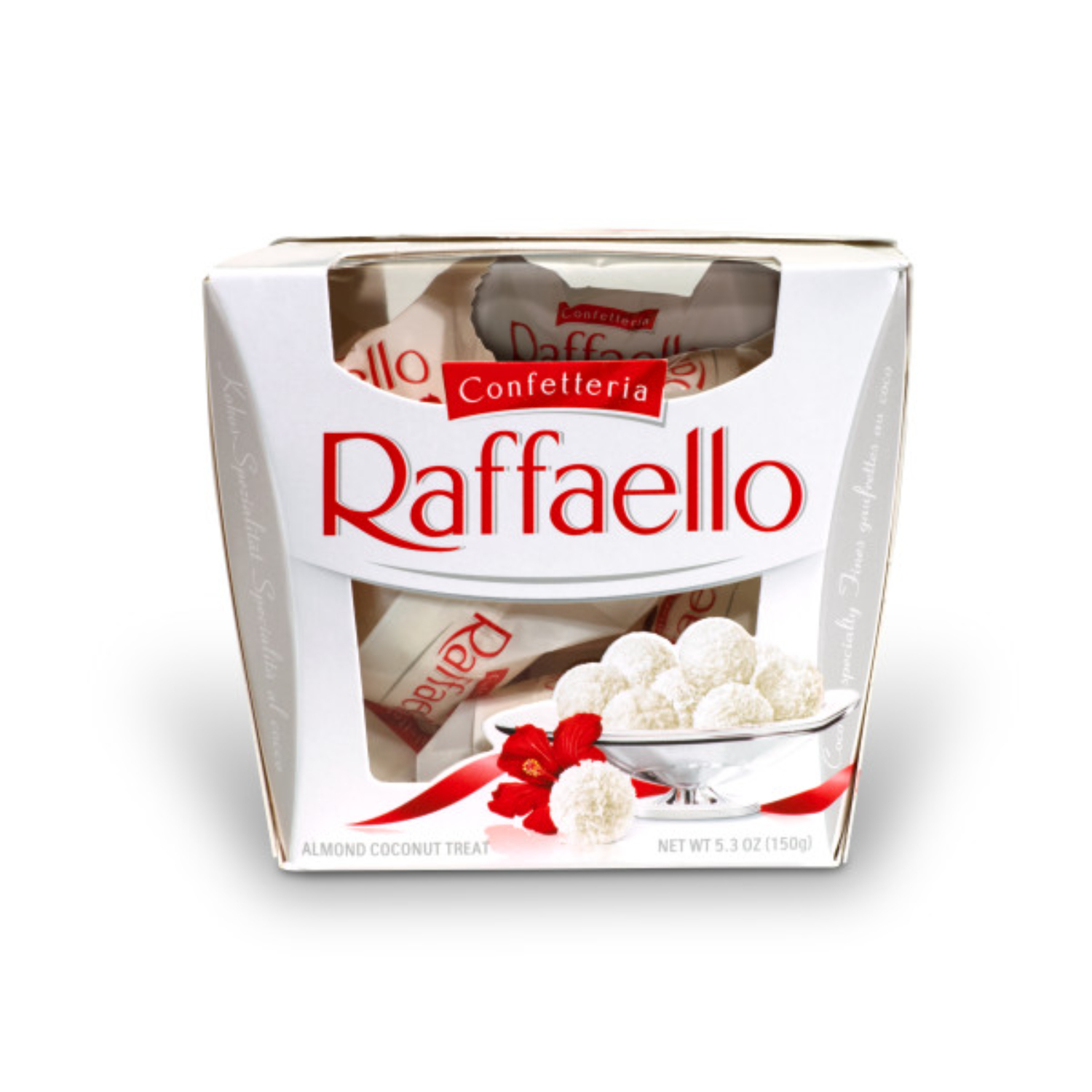)
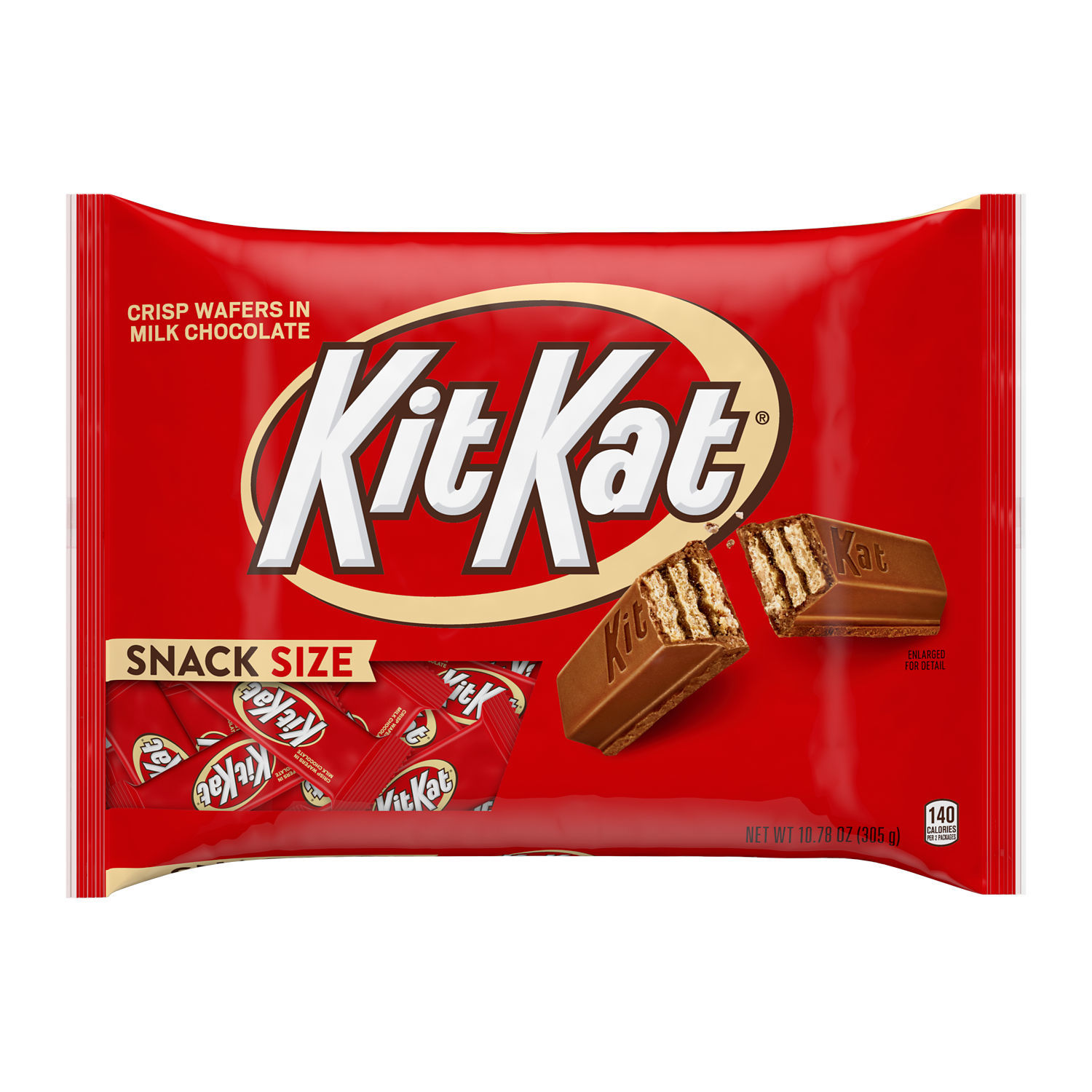)
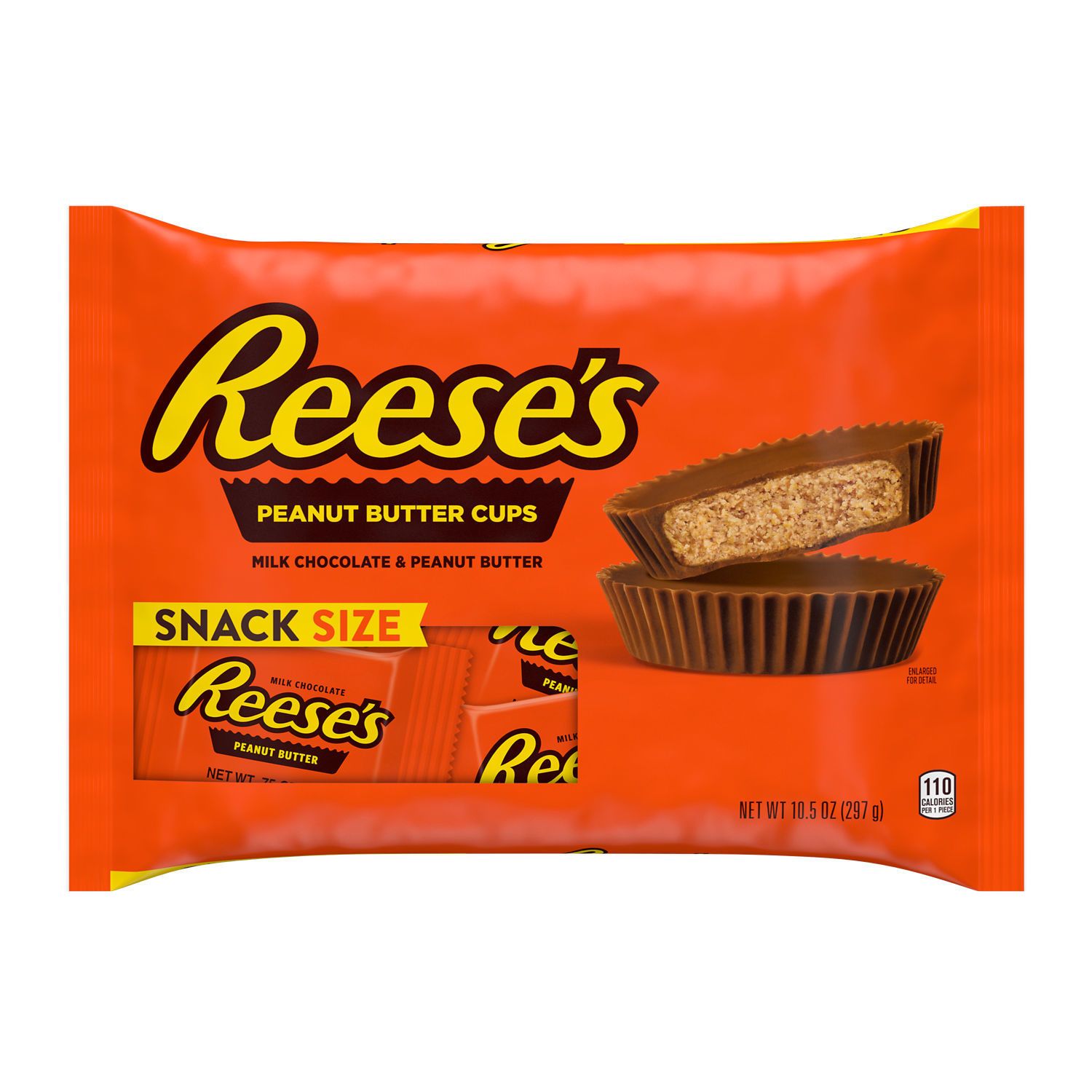)
)
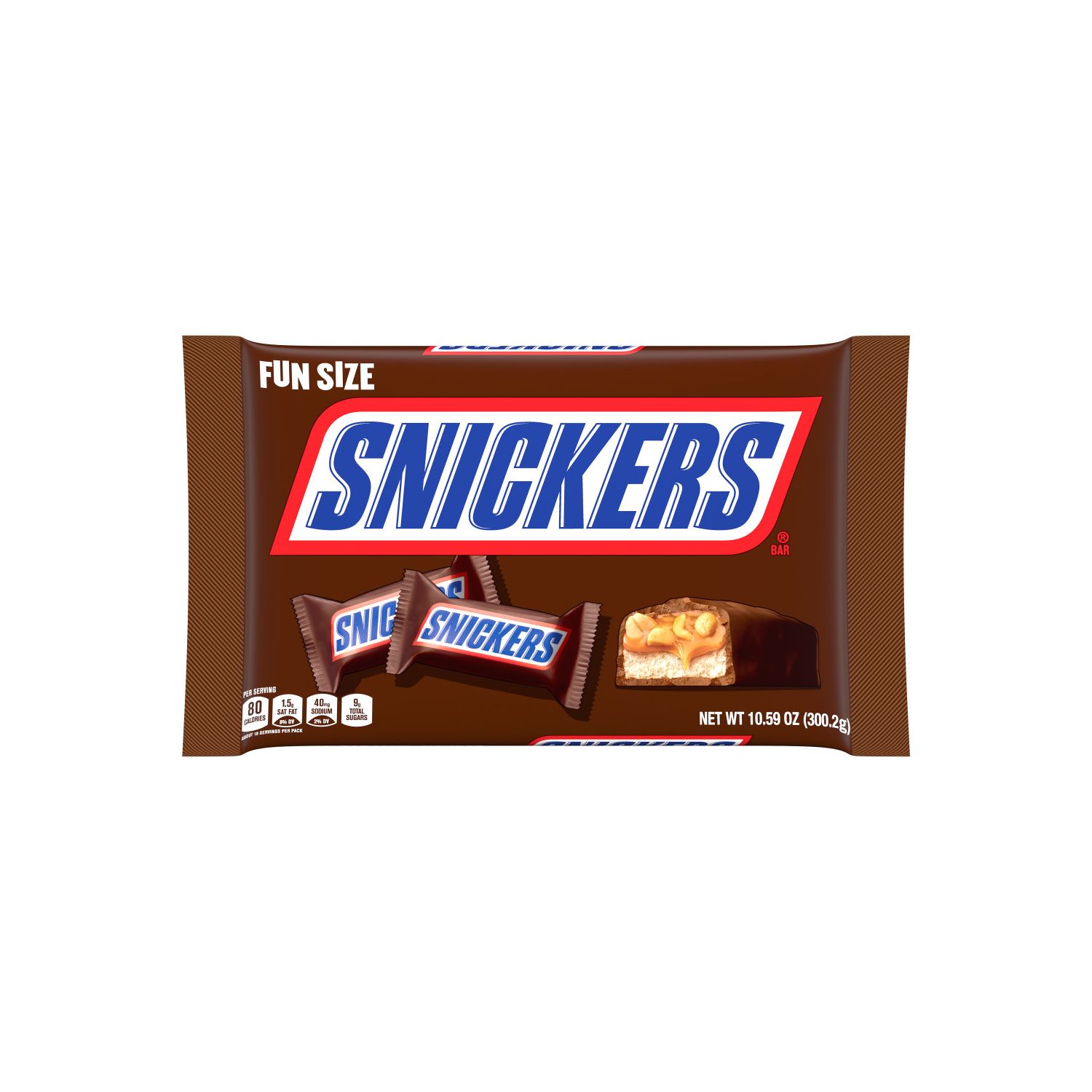)
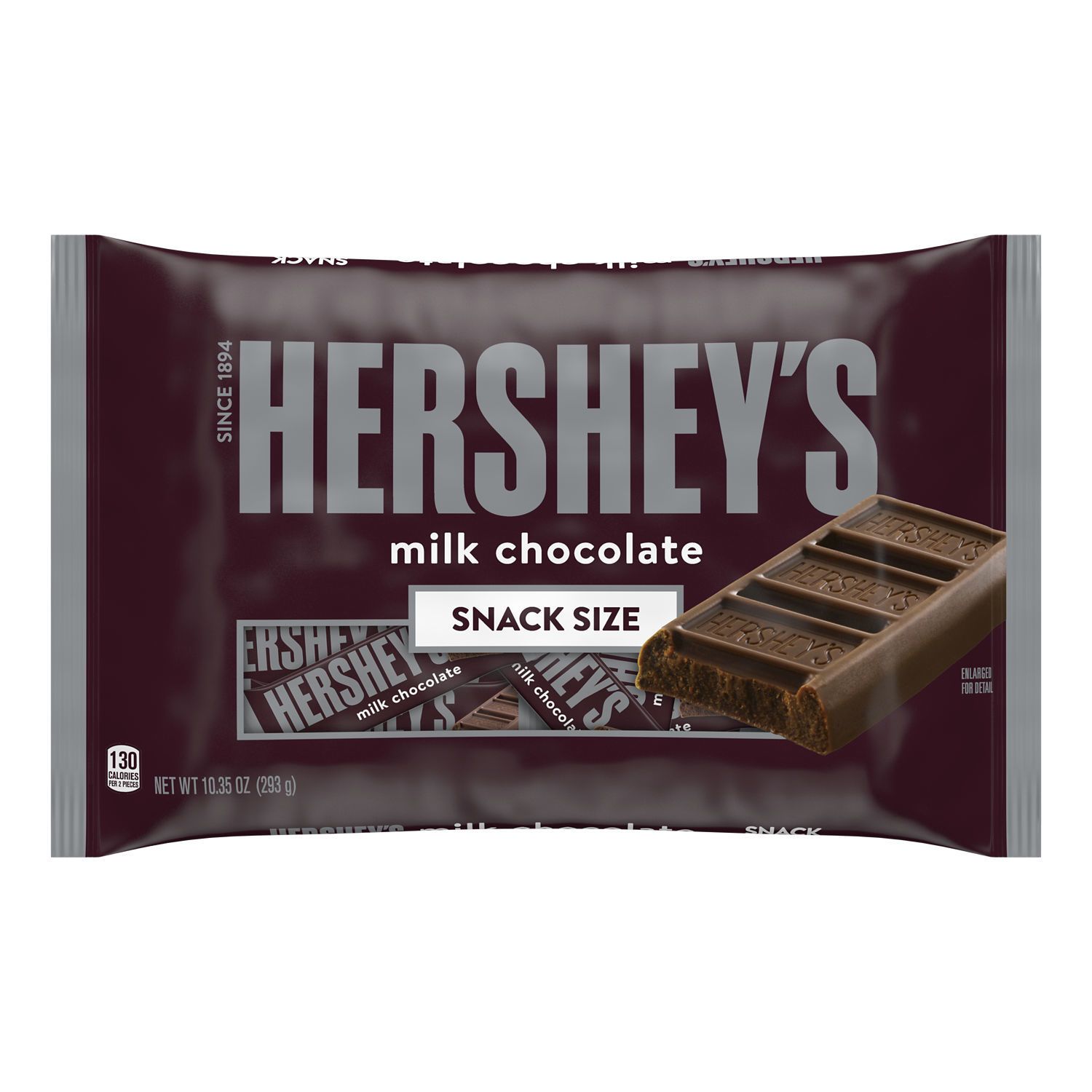)
)
)

)

)